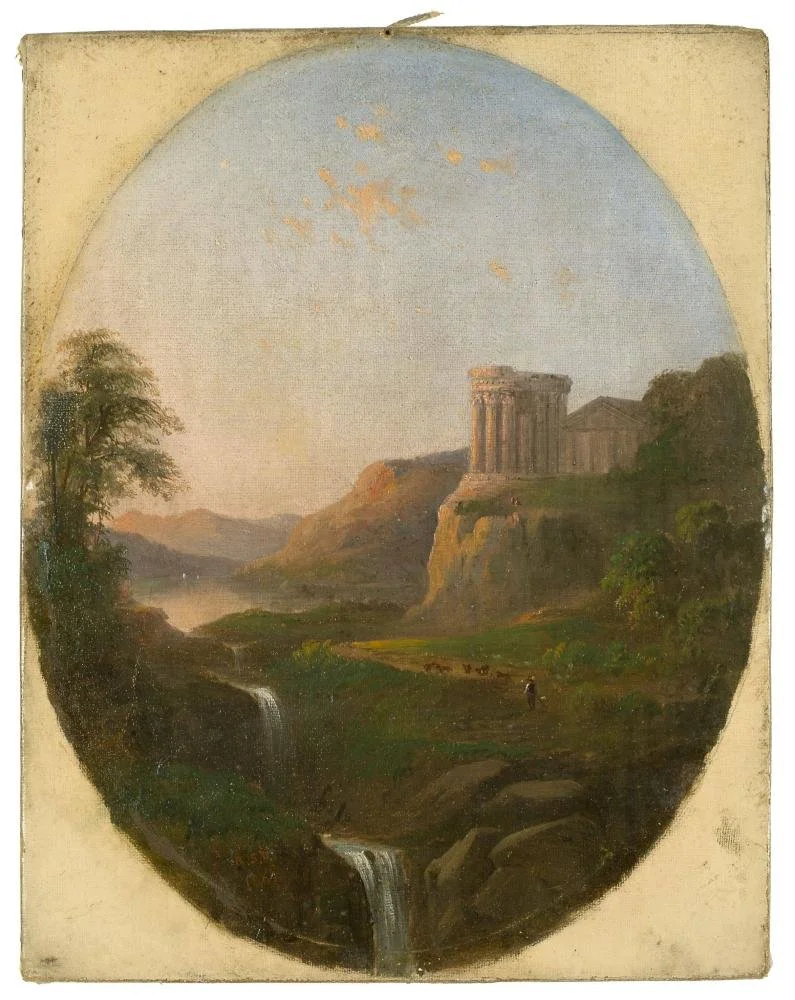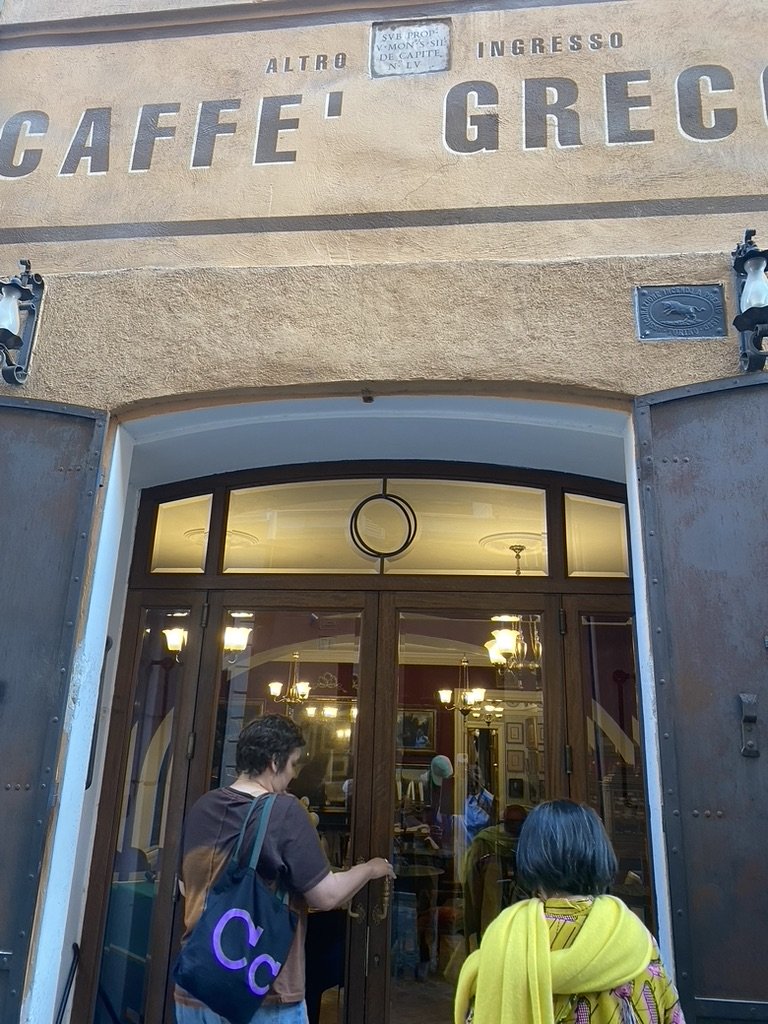A City of Artists
In the 1860 edition of F S Bonfigli’s Guide to the Studios in Rome, there is this introduction to the Reader:
“Foreigners visiting this ancient City, the seat of the Fine Arts, are informed that it is customary in Rome to visit the STUDIOS without any formal introduction to the artists. They may enter whatever ATELIER they please by merely presenting themselves at the locality and asking permission from the Artist which is readily and most kindly accorded”
So you arrive in Rome as the sun is setting, find your hotel, climb down from your carriage - the railroads weren’t fully functioning until after 1861. At the hotel you might take aperitivi followed by a late supper. Perhaps you take a stroll in the evening in the piazza. Of course during the journey you have consulted Baedeker’s or Murray’s guide, and an itinerary has been planned, but now in Rome you can also check Bonfigli’s guide, and decide on the list of artists you will also visit, beginning the next day.
The artists are listed alphabetically, but the guidebook is organised around various areas and streets. He starts in Via Margutta, a quiet street between Piazza Popola and Piazza Spagna that is still lined with art galleries, private courtyards - with verdant gardens - and beautiful apartments. Here you could visit artists from all over the world. Harriet Hosmer, the US sculptor - also a friend of Edmonia Lewis - had a studio here, at no 5, on the first floor. Hers was only open on Tuesdays and Fridays, so you needed to plan accordingly. John Gibson, one of the most well known British sculptors working in Rome at the time - and an artist both Harriet Hosmer and Edmonia Lewis worked with - had his atelier and studio on via della Fontanella, a street that joins via del Corso and via del Babbuino, two of the main “art” streets, that begin from Piazza Popolo and branch out into what is called “Il Tridente” in Rome. As Bonfigli’s guide shows this was a busy, animated neighborhood whose rhythms must have been shaped by the activities of the artists, workshops and studios that were installed in the area. Nearby were art schools, as well as piazzas for congregating and observing city life, while everything seems interconnected by small passageways and alleys. Visitors to these studios could have spent days traveling between studios, they might have commissioned works, or bought what was already finished. I wonder how they negotiated queues? What did they say to each other? Which studios were the most fun? Which studios were dull? I imagine them returning to their hotels, sitting down to a meal and comparing notes. I’m pretty sure these studio tourists had some pretty serious FOMO.
A few weeks ago, a small group of us went for our own walk around these streets, looking for the studios of artists long passed. Now it’s an area full of luxury shops and lined with tourists. But even so, while following the numbers and addresses, it was possible to get a sense of how interconnected these streets are. Stopping in front of what was once an artist’s studio, you suddenly realize how close you are to another who worked around the corner.
Sometimes doors magically opened and we found ourselves in what are now hidden apartment complexes with private courtyards and terraced gardens. Sometimes the addresses we searched for were simply glass shop fronts, or the entry way to nondescript residential buildings.
To close, we ended up at Caffe Greco, a bar just off Piazza Spagna, in which many artists and writers from all over the world would also congregate at all hours of the day. Now it is an overpriced, rather beautiful cafe visited mostly by tourists. The walls are lined with paintings and letters - fragments from earlier, more convivial times. Perhaps studio tourists did the same, watching and listening, buying drinks, trying to impress. In the middle of the chattering crowds, the designer shopping bags, the overpriced espressos that surround Piazza Spagna, these snatches of other meetings and encounters emerge in quite surprising ways, providing a hidden palimpsest of a city already heavy with layers of history.





